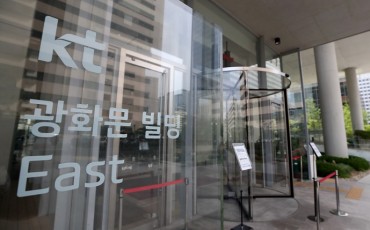
The difference between the Korean and global economic growth rates was 0.5 percent in 2015, which Morgan Stanley expects to increase to 0.7 percent this year (Korea 2.3, global 3.0), and to 0.8 percent in 2017 (Korea 2.6, global 3.4). (image: KobizMedia/ Korea Bizwire)
SEOUL, June 2 (Korea Bizwire) – The latest overseas investment bank (IB) analysis noted that Korea’s surging debt – household and corporate – is degrading its potential for economic growth. And with its aging society and poor foreign conditions, the gap between Korean and global economic growth rates will likely expand.
One of the IBs, Morgan Stanley, noted that from 2007 to 2015, Korea’s household debt increased by 16 percent and corporate debt by 21 percent relative to the nation’s gross domestic product. It further noted that Korea’s debt – both household and corporate – is relatively higher than other developing nations in Asia.
It also pointed to low wage increases, which boosted Korea’s debt service ratio relative to its household disposable income from 19.1 percent in 2013 to 24.3 percent in 2015, indicating a higher interest burden on the elderly population, low-income families, and independent businessmen.
Korea’s aging society and low birthrate will continue to have a negative impact on the economy.
The number of economically active Koreans is expected to decline by 0.5 percent annually for the next 10 years. By 2050, 35.1 percent of the Korean population will be over 65 years of age.
Morgan Stanley predicted that given limitations in debt-driven economic growth, restraints in structural development from an aging society, and unsatisfactory foreign conditions, the Korean economic growth rate will lag further behind the global rate.
The difference between the Korean and global economic growth rates was 0.5 percent in 2015, which Morgan Stanley expects to increase to 0.7 percent this year (Korea 2.3, global 3.0), and to 0.8 percent in 2017 (Korea 2.6, global 3.4).
By Kevin Lee (kevinlee@koreabizwire.com)






